ESCRT disruption provides evidence against trans-synaptic signaling via extracellular vesicles
- PMID: 38842573
- PMCID: PMC11157088
- DOI: 10.1083/jcb.202405025
ESCRT disruption provides evidence against trans-synaptic signaling via extracellular vesicles
Abstract
Extracellular vesicles (EVs) are released by many cell types, including neurons, carrying cargoes involved in signaling and disease. It is unclear whether EVs promote intercellular signaling or serve primarily to dispose of unwanted materials. We show that loss of multivesicular endosome-generating endosomal sorting complex required for transport (ESCRT) machinery disrupts release of EV cargoes from Drosophila motor neurons. Surprisingly, ESCRT depletion does not affect the signaling activities of the EV cargo Synaptotagmin-4 (Syt4) and disrupts only some signaling activities of the EV cargo evenness interrupted (Evi). Thus, these cargoes may not require intercellular transfer via EVs, and instead may be conventionally secreted or function cell-autonomously in the neuron. We find that EVs are phagocytosed by glia and muscles, and that ESCRT disruption causes compensatory autophagy in presynaptic neurons, suggesting that EVs are one of several redundant mechanisms to remove cargoes from synapses. Our results suggest that synaptic EV release serves primarily as a proteostatic mechanism for certain cargoes.
© 2024 Dresselhaus et al.
Conflict of interest statement
Disclosures: The authors declare no competing interests exist.
Figures

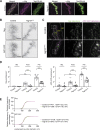
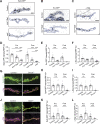
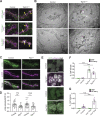
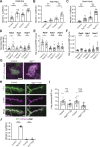


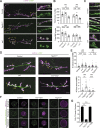
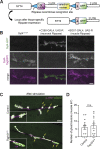
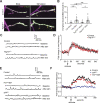


Update of
-
ESCRT disruption provides evidence against transsynaptic signaling functions for extracellular vesicles.bioRxiv [Preprint]. 2024 May 5:2023.04.22.537920. doi: 10.1101/2023.04.22.537920. bioRxiv. 2024. Update in: J Cell Biol. 2024 Sep 2;223(9):e202405025. doi: 10.1083/jcb.202405025. PMID: 38746182 Free PMC article. Updated. Preprint.
Comment in
-
EVs move messes, not messages, at the synapse.J Cell Biol. 2024 Sep 2;223(9):e202408028. doi: 10.1083/jcb.202408028. Epub 2024 Aug 13. J Cell Biol. 2024. PMID: 39136998 Free PMC article.
References
MeSH terms
Substances
Grants and funding
LinkOut - more resources
Full Text Sources
Molecular Biology Databases

